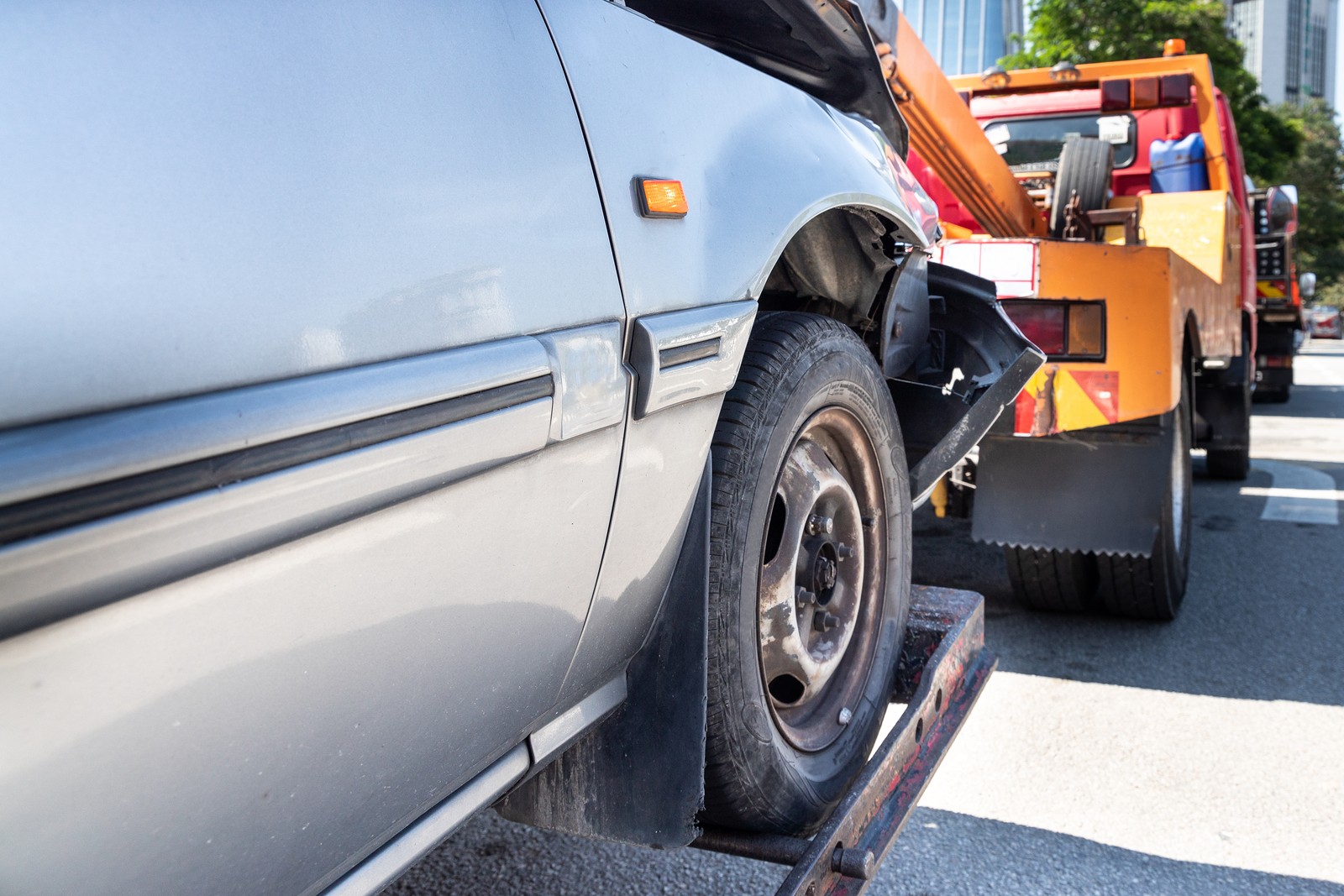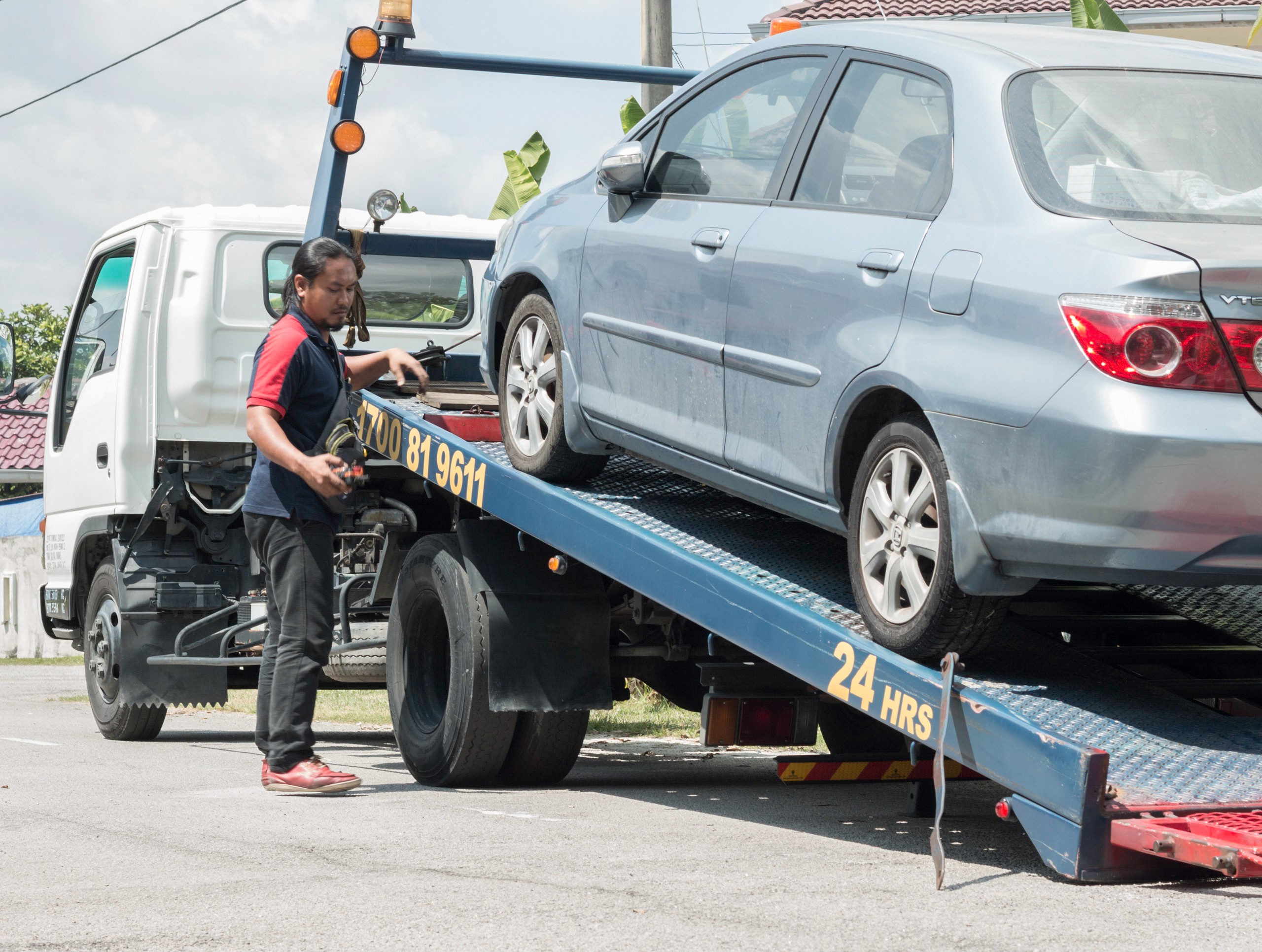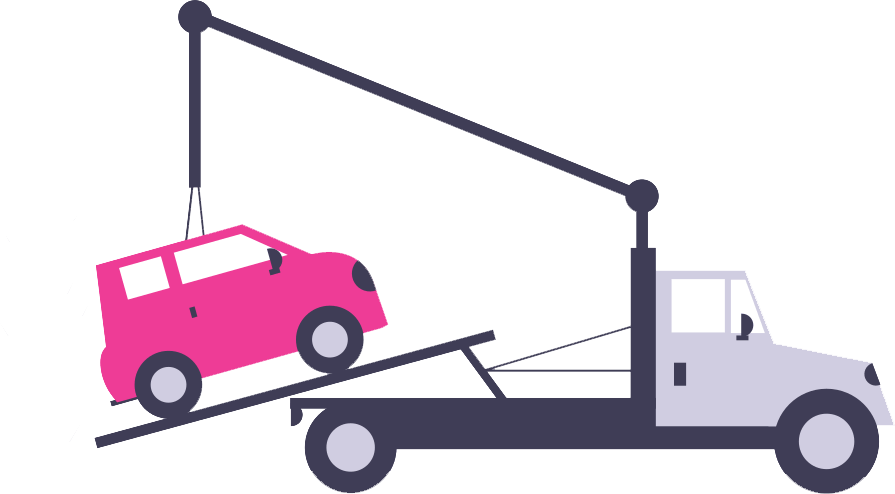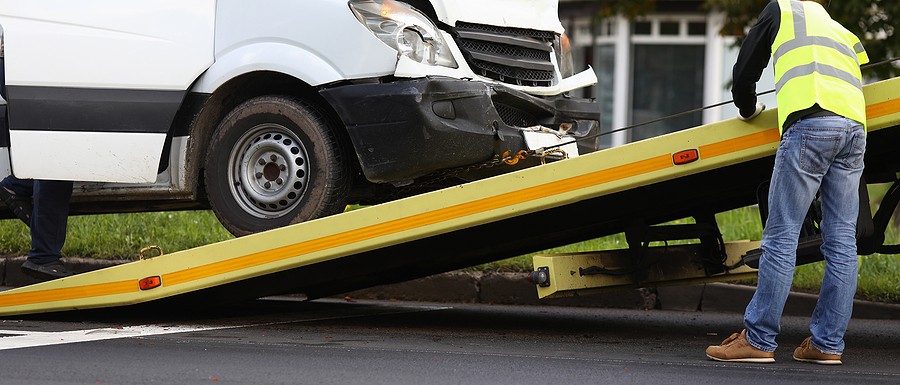If you're searching for “how to tow my car to my house,” below is a step-by-step process:
- Determine your towing needs
- Gather the necessary equipment
- Prepare your car for towing
- Hook up the towing system
- Consider safety precautions
- Tow your car
- Arrive safely at your house
- Consider a professional towing service
You need to tow your car to your house for many reasons. Probably, you got into a situation where your vehicle broke down, and you can't drive it. It could be another issue that passes it with paperwork or anything else requiring you to tow your car.
Regardless of why you're looking to tow your car, understanding the process of towing your vehicle helps you save a lot of money, and learning to do it yourself can be a big important skill during the lifetime of owning your car.
This article provides detailed guidance to help you understand how to tow your car to your house. It walks you through a step-by-step process to help you understand what needs to be considered and recommends that you consider a professional towing service at some point.
How do I tow my car to my house?
If you're planning to tow your car to your house, there are specific things that you need to consider. The process is not simple and involves a lot of safety issues that you need to confirm and consider to make sure you're able to do the process yourself.
The following list summarizes the step-by-step process needed to tow your car to your house. Remember that this is just a summary, and we highly encourage you to look at YouTube videos that walk you through the process. If you're uncomfortable towing your vehicle, it is always recommended to consider a professional towing service.
1- Determine your towing needs
The first and most critical step in towing your car to your house is understanding your towing meet spirit before starting the towing process. Before you hook your car to the towing vehicle, you must understand the loads and the weight capacity.
Not every vehicle can be used to tow another car, and it has to be the right method so you don't damage the towing vehicle by hooking it to a very heavy car. You also want to ensure that the towed car is suitable for towing in a certain way and does not need a flatbed to be carried on top.
Many available resources could help you determine whether your vehicle needs to be towed by hooking it to another car or requires a specific towing method like a flatbed.
2- Gather the necessary equipment
Once you understand the weight and towing needs, the next step is to prepare all the required equipment. Hoping the vehicle to the other car is not simple and requires certain ways to ensure that the vehicle is secured properly so it doesn't die attached to the other car as you're transporting it.
For example, the first thing you must check is choosing the right vehicle capable of towing your current broken car or the car you're trying to tow. You must also prepare all the required accessories like the toe hitches and any potential additional items like the chains, straps, lights, et cetera.
You also need to check on the towing vehicle and confirm that it has all the proper settings to operate properly. In other words, you want to ensure that the vehicle is not damaged and has the required braking capacity and brake controls while towing the car.
Finally, you want to ensure you have some safety items you might need throughout the commute. In other words, you might need some Jack stands, spare parts, wrenches, etcetera.

3- Prepare your car for towing
After you prepare all the required equipment, the next step is to prepare the vehicle you plan to tow. It's important to understand that you cannot immediately go ahead and connect it to the other car without taking care of all the precautions first.
For example, you must ensure you secure all the loose components in your vehicle. You also need to ensure that all the moving parts, like the mirrors and any other items that might get damaged throughout the transport process, are secured properly.
Even if you're planning to toll the other car, you might make sure that it has the proper fluid levels. For example, ensure the vehicle has enough coolant and enough oil and that nothing is leaking from the car so you don't deal with complications throughout the transport process.
When preparing the tilled car, ensure you're disconnecting the battery and that the electrical system is functioning properly so nothing can go wrong while transporting it.
Finally, you must ensure you're securing the steering wheels and all the other loose components that might get damaged throughout the driving process. Make sure that the vehicle is not loose and is sitting properly.
4- Hook up the towing system
After preparing the towed car, the next step is to hook both vehicles together. Start by attaching the till hitches and ensuring the safety chains and straps are connected properly.
Ensure you connect the wiring lights properly so the towed vehicle brake lights and signals function properly. If something happens while transporting it, you can engage these components.

5- Consider safety precautions
At this point, the vehicles should be ready to be transported. Still, there are some safety precautions that you should keep in mind so you don't deal with any complications throughout the process that might lead to damaging any of the vehicles.
For example, automotive experts recommend that you have the right weight distribution. In other words, you want to ensure that nothing is swinging on one part more than the other so it does not damage the towing vehicle.
Also, you must adhere to the towing speed capacity depending on what's circumvented by your state regulations and the area. You should find details about towing speed limits, what practices, and some dos and don'ts you should remember.
You also need to confirm with your insurance company what needs to be considered and whether you must have certain coverage to tow your car from one location to another. This is critical if something happens throughout the towing process and if you hit another car.
6- Tow your car
At this point, we should be ready to move forward and tow your car. You mustn't hammer the brakes or the gas so you don't cause sudden changes and movements that might impact both vehicles.
You also need to be very careful in how you perform your turns and maneuvering, especially if you're now connected to another vehicle and might require wider turns that might impact the safety of other people driving their deal.

7- Arrive safely at your house
Once you reach the location of interest, you must let the people know you plan to drop off a car. You must also unload the vehicle safely and carefully while ensuring no kids or pets are around you.
After disconnecting the vehicle and after it's unloaded, keeping the towing equipment in a safe area is a good idea so you can use it next time without getting it damaged or worn out.
8- Consider a professional towing service
Finally, while it is possible to tow your car from one place to another and get it to your house safely, most automotive experts recommend a professional towing service, especially if this is your first time trying to tow your car.
You never know what could go wrong throughout that towing process, and sometimes you might have missed certain regulations items that you have to take care of that might put you into legal issues.
That's why if it's not a big deal and if it's not a huge cost, it might be worth considering a professional towing service rather than risking any potential things that could go wrong.

Tow my car to my house: Final Thoughts.
If you plan to tow your car to your house, you should do it properly and follow the recommendations of automotive experts. Otherwise, you can deal with many safety concerns that might impact your safety and those around you.
This article provided a step-by-step process on how to tow your car to your house—highlighted all the required considerations and some recommendations about when to consider a professional towing service.
If you're interested in similar posts, we highly encourage you to visit our blog by clicking here.



